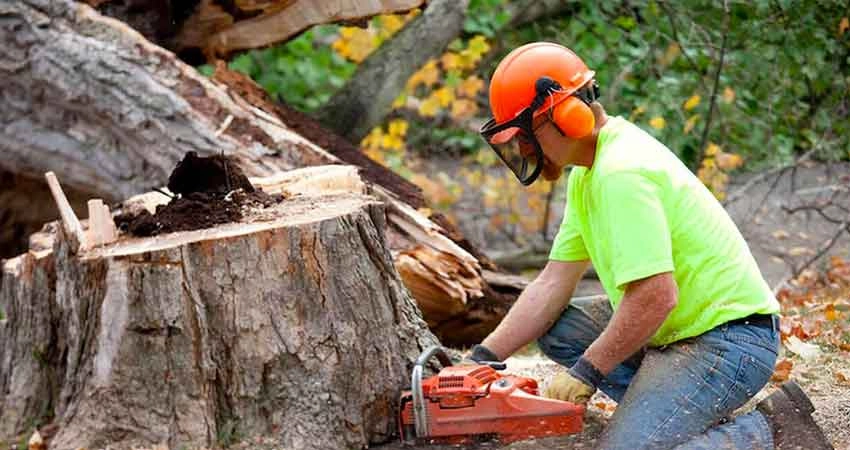Removing risky trees is a crucial step in ensuring the safety of your home and the well-being of your loved ones. While trees add beauty, shade, and value to your property, they can also pose serious risks if they become unstable or diseased. Trees that are leaning dangerously, have dead or decaying branches, or are located too close to your house can fall during storms, heavy winds, or even without warning, causing significant damage to your home, vehicles, or even injuring people. By being proactive and removing these hazardous trees, you are taking an essential step toward preventing accidents and property damage before they happen. One of the most common dangers posed by risky trees is the potential for falling limbs or entire trees. Even a moderate windstorm can bring down large branches if a tree is weakened by disease, pests, or internal rot. These falling limbs can crash through roofs, windows, or power lines, creating hazardous situations and expensive repair bills.

In some cases, whole trees may topple over due to compromised root systems or soil erosion, especially during periods of heavy rainfall. Such incidents can not only destroy parts of your home but can also result in serious injuries or fatalities if someone happens to be nearby when the tree falls. Removing a potentially dangerous tree before it becomes a threat is a smart and often necessary choice for responsible homeowners. Another reason to consider tree removal is the protection of your home’s foundation and underground systems. Tree roots can grow extensively and aggressively, particularly if the tree is planted too close to your house. Over time, these roots can crack foundations, damage plumbing, or interfere with septic systems. Removing trees that pose this kind of structural threat is a preventive measure that could save thousands of dollars in repairs. Furthermore, Long Island Tree Removal that is shading your roof excessively can also help reduce moss buildup and moisture retention, which can lead to roof deterioration and leaks over time.
Beyond physical damage, unhealthy trees can also be a breeding ground for pests and disease. Dead or dying trees attract insects like termites, carpenter ants, and beetles, all of which can spread to your home. Additionally, diseased trees can infect nearby healthy trees, creating a broader risk to your property’s landscape. By removing a sick or infested tree, you help preserve the health of your surrounding vegetation and reduce the chances of pest infestations inside your home. In many cases, removing one unhealthy tree can help save others nearby and maintain the overall beauty and balance of your yard. It is important to work with professional arborists or tree removal services when dealing with risky trees. These experts have the knowledge and equipment to assess the condition of trees and safely remove them without causing additional damage. Attempting to cut down a tree on your own can be extremely dangerous, especially without proper training or tools. A professional can also advise you on which trees are worth saving through pruning or treatment and which ones pose a high enough risk to justify removal. Regular inspection and timely removal of dangerous trees ensure that your property remains a safe haven for everyone who lives or visits there.